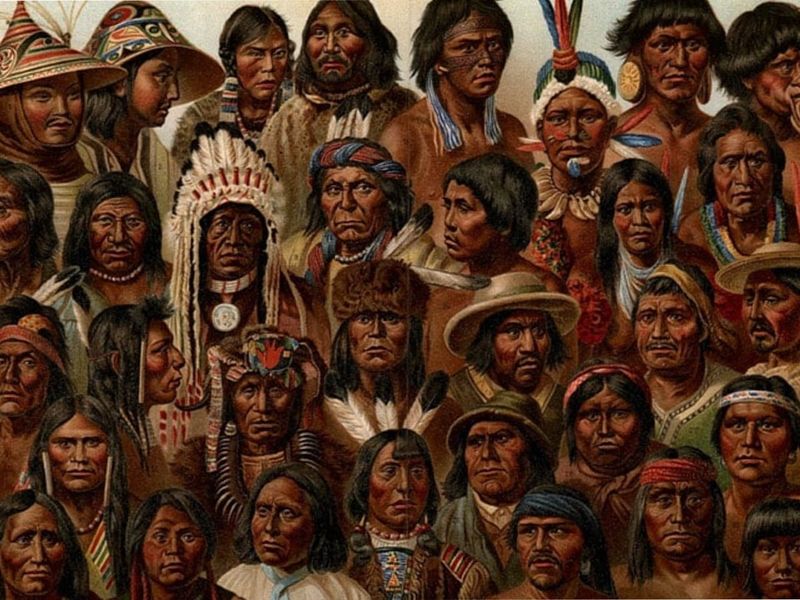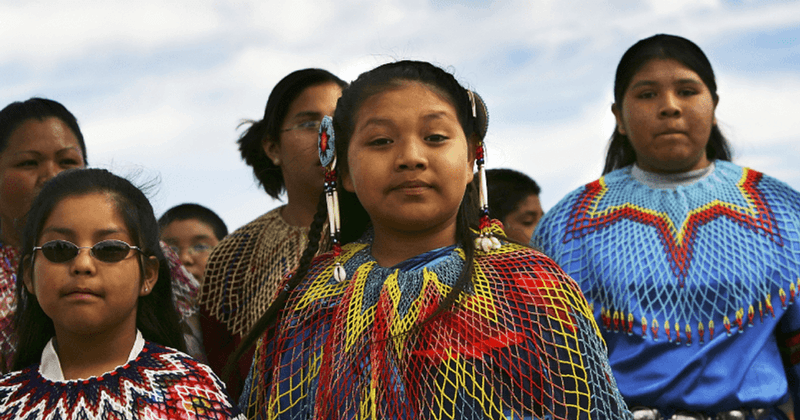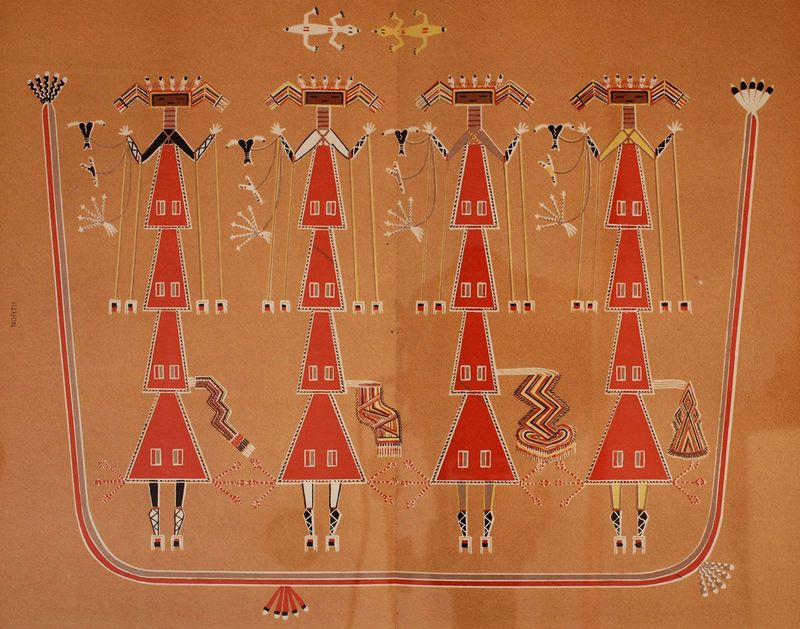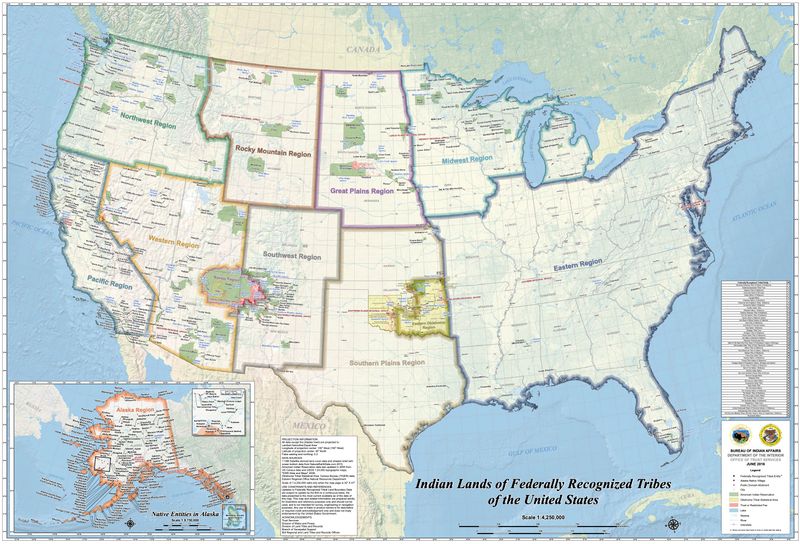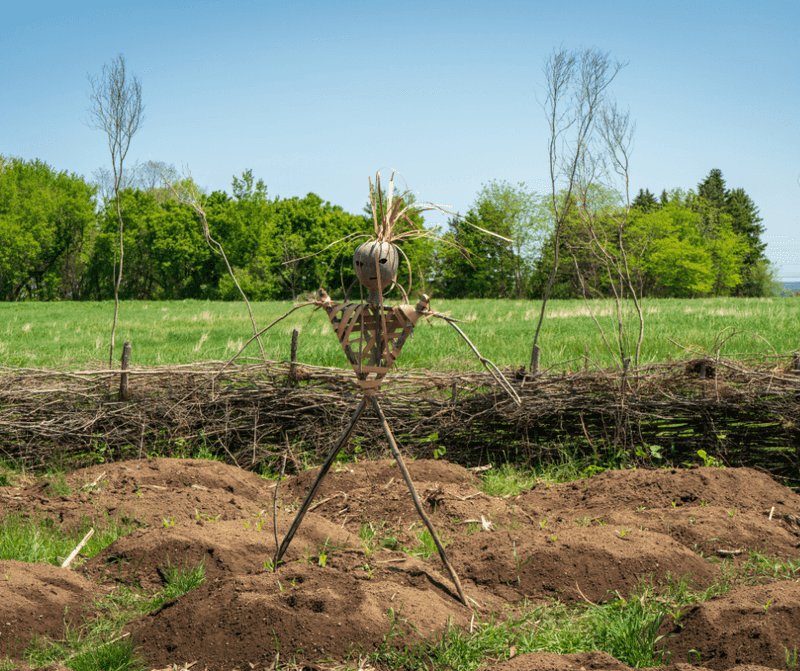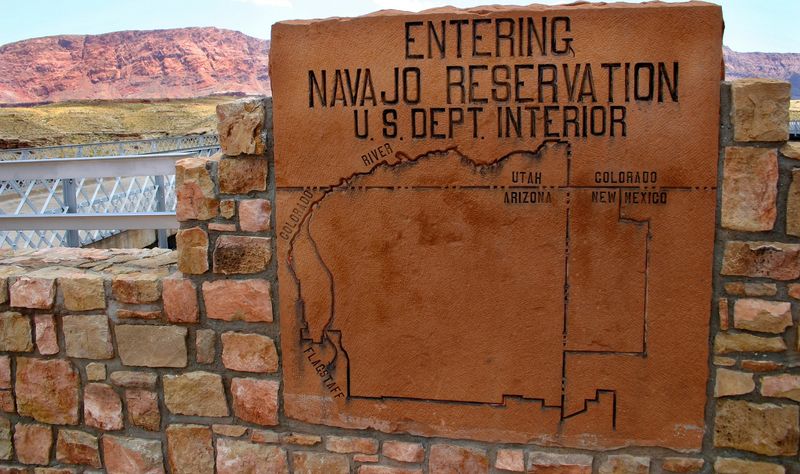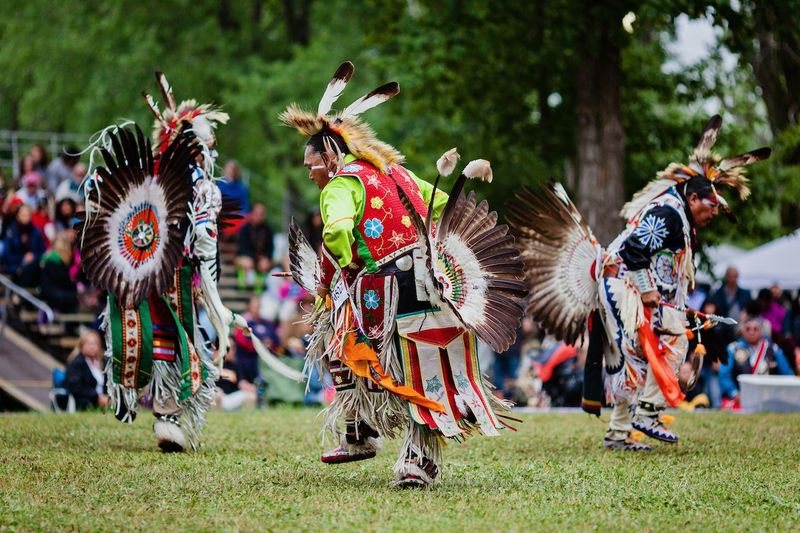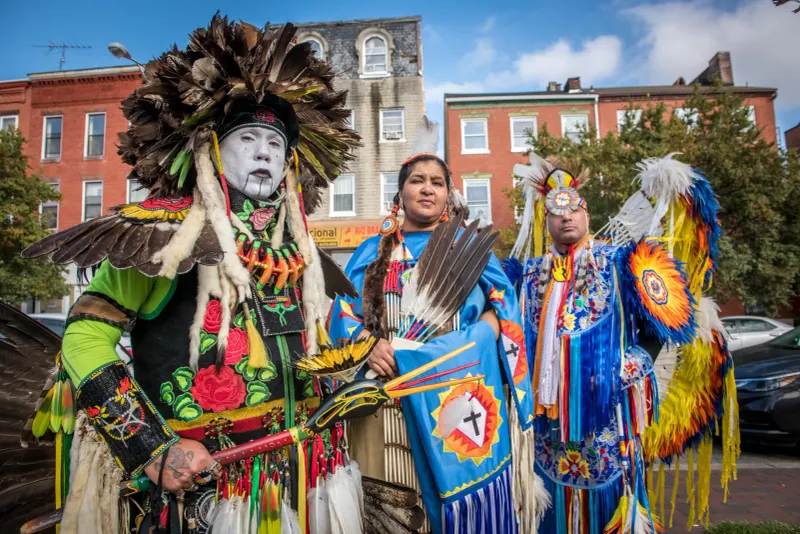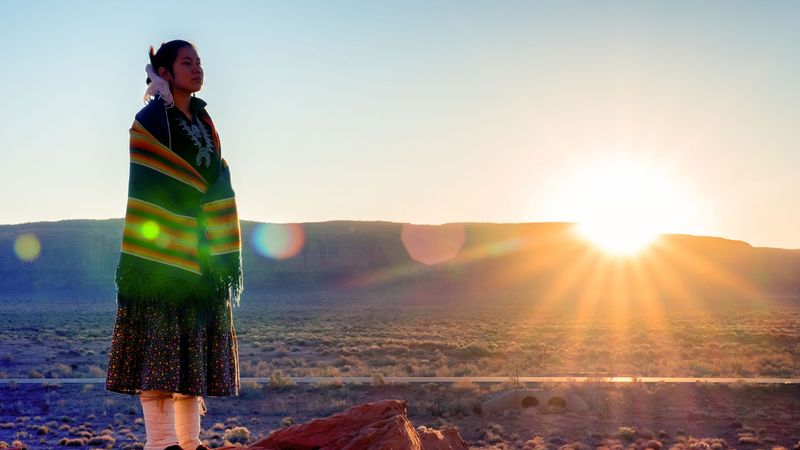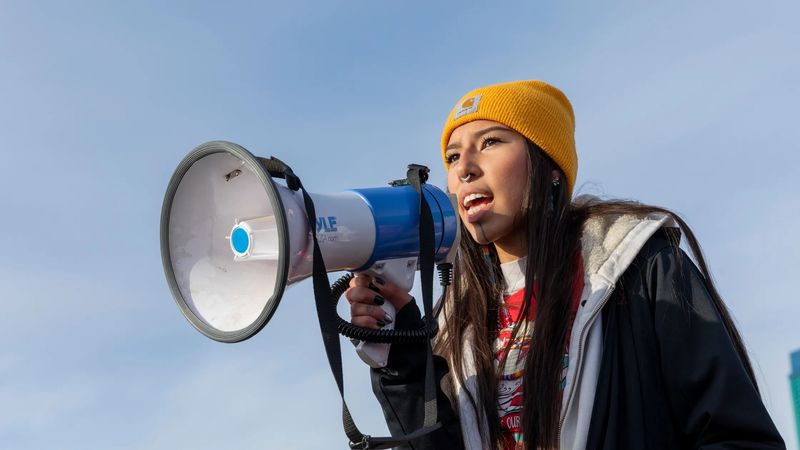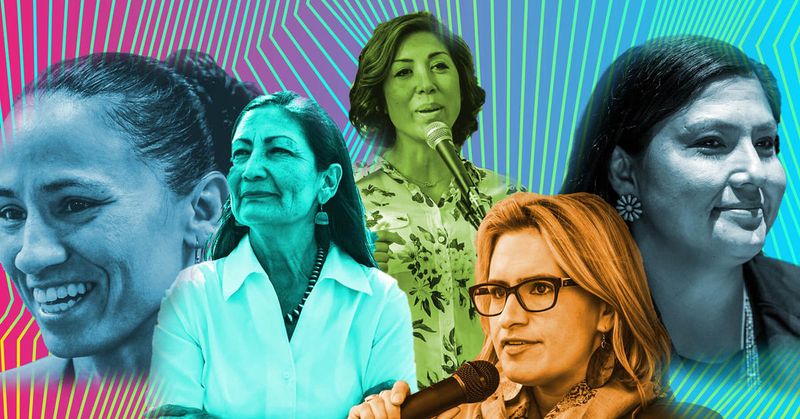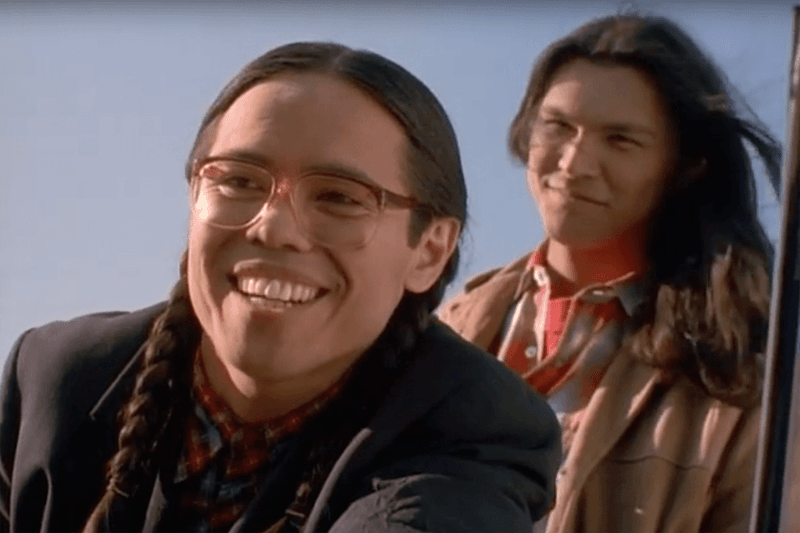This blog post aims to unravel common misconceptions about Native Americans while highlighting facts that alter our understanding of their rich, diverse cultures.
From living environments to spiritual practices, and present-day contributions to society, discover truths that challenge stereotypes and celebrate Indigenous resilience and innovation.
1. They All Lived in Teepees
Imagine believing all Native Americans lived in teepees. This stereotype doesn’t do justice to their architectural diversity. Some tribes constructed durable longhouses, while others crafted wigwams or earth lodges. In the Southwest, the Pueblo peoples created intricate adobe structures, adapting to the arid climate. Each structure reflected the tribe’s unique environmental conditions and cultural needs. This variety demonstrates the ingenuity and resourcefulness of Indigenous communities. So, to think all Native Americans resided in teepees is limiting and ignores the landscape’s role in shaping their homes.
2. They’re All the Same Culturally
Assuming all Native American tribes are culturally identical erases their incredible diversity. Over 500 tribes, each with unique languages, customs, and governance systems, thrive across the continent. From the Iroquois Confederacy’s democratic principles to the Navajo’s intricate weaving techniques, each tribe contributes distinct cultural riches. Their traditions, shaped by the land and history, offer a tapestry of human expression. Celebrating this diversity is vital, fostering a richer understanding of Native American identities beyond monolithic stereotypes.
3. They Vanished After Colonization
Contrary to the belief that Native Americans vanished post-colonization, they remain vibrant and active in today’s society. Millions reside across the U.S., Canada, and Latin America, preserving their cultures while engaging with modern life. From community events to political activism, their presence is undeniable. This misconception overlooks the resilience and adaptability of Native American communities, who have persisted despite historical challenges. Acknowledging their continued existence and contributions is crucial for an accurate view of contemporary society.
4. They Were Primitive or Uncivilized
Labeling Native Americans as primitive fails to recognize their complex societies. Many Indigenous groups developed intricate political systems, extensive trade networks, and advanced agricultural techniques. Urban centers like Cahokia, with its monumental earthworks, stand testament to their organizational skills and knowledge. These societies integrated astronomy into their daily lives, enhancing their agricultural practices. This sophistication challenges outdated stereotypes, painting a picture of thriving, innovative communities that contributed to human civilization’s tapestry.
5. They Didn’t Have Written Languages
The idea that Indigenous peoples lacked written languages is misleading. While oral traditions were prevalent, some tribes developed writing systems. The Cherokee syllabary, crafted by Sequoyah, enabled literacy within the tribe. The Maya civilization’s script, a sophisticated system of glyphs, recorded history and culture in stone carvings. These achievements highlight Native American intellectual contributions, bridging oral and written traditions in preserving knowledge. Recognizing this literacy diversity enriches our understanding of Indigenous cultural legacies.
6. They All Had the Same Religion
Assuming a single religion among Native Americans oversimplifies their spiritual complexity. Each tribe possesses unique beliefs, rituals, and sacred practices. From the Plains tribes’ Sun Dance to the Pueblo peoples’ Kachina ceremonies, spirituality varies significantly. This diversity reflects the close relationship between communities and their environments. Spirituality often intertwines with cultural identity, guiding social norms and governance. Acknowledging these variations fosters a deeper appreciation for the rich spiritual tapestry woven by Indigenous peoples across generations.
7. All Tribes Have Casino Wealth
The notion that all Native American tribes prosper from casino wealth is a misconception. While some tribes operate successful casinos, many do not. Indigenous communities often face significant economic challenges and high poverty rates. Casinos provide revenue for a few tribes, but systemic issues persist across many others. This stereotype masks the diverse economic realities facing Native Americans today, highlighting the need for comprehensive understanding and support beyond gaming enterprises. Recognizing these disparities is crucial for promoting equitable opportunities.
8. There Are Over 570 Federally Recognized Tribes in the U.S. Alone
The United States is home to over 570 federally recognized tribes, each with a unique cultural and historical identity. This number doesn’t include state-recognized or unrecognized tribes still fighting for acknowledgment. These tribes collectively contribute to the nation’s rich cultural tapestry, preserving languages, traditions, and governance structures. Recognition is a crucial step in self-determination and resource allocation. Understanding the diversity and struggles for recognition faced by Native tribes enhances our appreciation for their enduring legacies.
9. Indigenous Languages Are Being Revived
Amidst challenges, Indigenous languages are seeing a revival. Programs aimed at revitalizing languages like Navajo, Lakota, and Mohawk are fostering cultural continuity. Elders and young people collaborate to preserve these languages, using technology and traditional teaching methods. Language revitalization empowers communities, ensuring that linguistic heritage thrives alongside modern adaptations. This movement underscores the resilience and determination of Indigenous peoples to safeguard their identities amidst changing times.
10. Native Americans Have Served in Every Major U.S. War
Native Americans have a rich legacy of military service in the United States. From the Revolutionary War to the present, they’ve participated in every major conflict. During WWII, Navajo Code Talkers played a crucial role with their unbreakable communication codes. This tradition of service highlights their patriotism and dedication, often in the face of discrimination. Their contributions shaped military history and underscore the complex relationship between Native Americans and the nation they serve.
11. Many Tribes Practiced Sustainable Agriculture
Indigenous agricultural practices often emphasized sustainability. The “Three Sisters” method, intercropping corn, beans, and squash, exemplifies this eco-friendly approach. These crops complement each other, improving soil fertility and crop yields. Such techniques were integral to many tribes, reflecting a deep understanding of ecological balance. Today, these methods inspire modern sustainable agriculture movements, showing the enduring wisdom of Native American farming traditions.
12. Indigenous Innovations Impact Modern Life
Indigenous innovations continue to influence contemporary life. From canoes to rubber, syringes to lacrosse, Native American ingenuity is woven into daily existence. The Iroquois Confederacy’s governance principles even inspired democratic systems. These contributions, often uncredited, underscore Native Americans’ pivotal role in shaping technological and cultural landscapes. Their resourcefulness and creativity offer lessons in innovation and adaptation.
13. Native Nations Have Sovereign Rights
Native nations possess unique sovereign rights, negotiating directly with the U.S. government. These sovereignty rights allow tribes to operate their own governments, courts, and make decisions. This autonomy is vital for self-determination, cultural preservation, and economic development. It reflects a complex legal status rooted in treaties and federal recognition. Protecting these rights is crucial for empowering Indigenous communities to govern according to their traditions and needs.
14. Powwows Are Vibrant Cultural Celebrations Today
Powwows remain vibrant, dynamic cultural celebrations. These events, far from being historical relics, are living expressions of community and tradition. Attendees immerse themselves in dance, music, and storytelling, fostering connection and cultural pride. Powwows adapt to contemporary contexts, incorporating modern influences while honoring ancient traditions. They represent the resilience and adaptability of Native cultures, serving as vital communal gatherings.
15. Tribes Have Modern Technology and Urban Members
Native American communities are not confined to reservations; many thrive in urban settings. In cities, Indigenous individuals engage in technology, politics, arts, and social media. This urban presence reflects adaptability and innovation, dispelling myths of isolation. Embracing modernity doesn’t negate cultural heritage; rather, it enriches contemporary life. Tribes leverage technology to preserve and share traditions, showcasing a blend of old and new.
16. The Land Acknowledgment Movement Is Growing
Land acknowledgment practices are gaining momentum globally. Many institutions now formally recognize the original stewards of the lands they operate on. These acknowledgments honor Indigenous presence and rights, fostering awareness and respect. They serve as a reminder of historical injustices and ongoing connections to the land. This movement encourages reflection and responsibility, promoting reconciliation and understanding between communities.
17. There Are Native Billion-Dollar Businesses and Tech Startups
Beyond casinos, Native American tribes are building billion-dollar enterprises and tech startups. They invest in diverse sectors like renewables, agriculture, telecom, and real estate. These ventures generate revenue and foster economic independence, showcasing Indigenous entrepreneurship. Such achievements challenge stereotypes, illustrating a future-oriented mindset and economic resilience. Native businesses contribute significantly to local and national economies.
18. Environmental Activism Is Often Led by Indigenous Youth
Indigenous youth are at the forefront of environmental activism. Groups like the Standing Rock Sioux and the Youth Council champion water and climate justice. Their efforts emphasize the interconnectedness of the Earth and Indigenous livelihoods. This leadership role inspires global movements, advocating for sustainable practices and environmental stewardship. Indigenous youth activism underscores a commitment to preserving the planet for future generations.
19. Indigenous Women Are Leading in Politics and Advocacy
Indigenous women are breaking barriers in politics and advocacy. Leaders like Deb Haaland, the first Native American U.S. Cabinet Secretary, redefine representation. Their presence in decision-making roles challenges stereotypes and inspires future generations. Indigenous women leaders advocate for land rights, cultural preservation, and social justice. Their contributions highlight the powerful voices shaping policy and community well-being.
20. Native Storytelling Is Thriving in Film, TV, and Literature
Native storytelling is experiencing a renaissance in film, television, and literature. Projects like “Reservation Dogs” and “Smoke Signals,” along with authors like Tommy Orange, redefine Indigenous narratives. These works challenge stereotypes, offering authentic portrayals of Native life. Storytelling remains a vital cultural practice, evolving with new media to reach broader audiences. This creative resurgence enriches cultural landscapes and fosters understanding.


